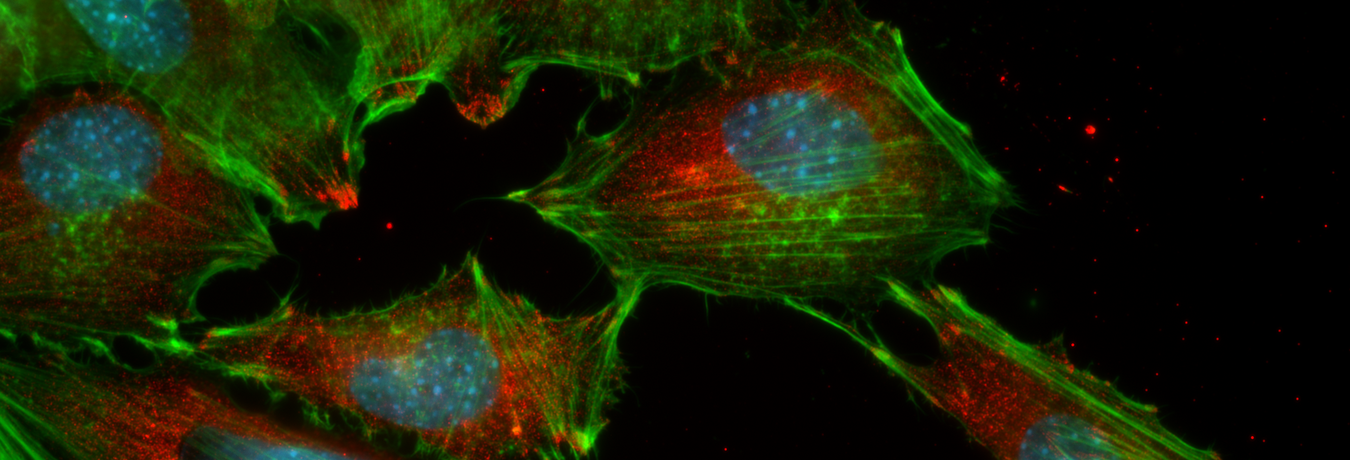Patient-derived organoids for precision oncology
Over the last decade, substantial progress in anticancer treatment strategies has been made by molecular characterization of multiple cancer entities. However, conventional chemotherapy is still the mainstay for most patients in the metastatic setting and is employed on a “trial and error” basis. Chemotherapy is often paralleled by systemic toxicity, low tumor-specificity and eventually acquired resistance leading to tumor progression. Three-dimensional organoid cultures generated from patients’ tumor tissue (PDO) have recently emerged as a promising model in cancer research with the potential to revolutionize personalized medicine.
Also at IMOS, PDOs from pancreatic cancer patients have emerged as robust preclinical models, as IMOS scientists could show that PDOs preserve ex vivo the parental tumor unique histoarchitecture, phenotypic and genotypic profiles, and heterogeneity (Frappart, UEGJ, 2020). Their capacity to notably recapitulate cancer-intrinsic vulnerabilities makes them an ideal platform for patient therapeutic profiling and drug screening approaches.
Research Topics
Real-timeisolation, propagation and pharmacotyping of patient-derived cancer organoids (PDOs) is feasible within a clinically relevant time frame (Seppälä TT, Ann Surg, 2020). PDO-derived gene signatures were found to predict chemotherapy sensitivity (Tiriac, Cancer Discovery, 2018). Importantly, in vitro drug response correlated with clinical responses in solid malignancies (Driehuis E, PNAS, 2019; Vlachogiannis G, Science, 2018). In clinical practice, a PDO-guided selection of effective drugs to provide may substantial benefit and improve survival outcome in cancer patients with at the same time reduced toxic side effects of a not efficacious treatment. In a prospective trial on a representative cohort of pancreatic cancer patients conducted by IMOS and the Department of Internal Medicine 1, we demonstrated that treatment-naïve PDOs constitute a powerful preclinical model with high predictive value to guide first and second-line regimens, regardless of the tumor stage and within a clinically meaningful time frame (Beutel, Cancers, 2021). To further strive this technology toward clinical application, IMOS contributes to the UNITEPANC trial, a prospective, phase I/II, proof-of-concept trial of the AIO Pancreatic Cancer Group using organoids to predict efficacy of adjuvant treatment to improve outcome in resectable pancreatic cancer. This study is led by Prof. Thomas Seufferlein and coordinated by Dr. Thomas Ettrich and Prof. Alexander Kleger.
The generation of such a unique library of characterized untreated and pretreated PDOs of several cancer entities with the associated clinical data (“living biobank”) provides the resources and infrastructure for valuable cancer research. It enables preclinical drug evaluation for standard of care substances and investigational agents as well as the validation of prognostic or predictive biomarkers. The utilization of cutting-edge techniques such as single cell sequencing may allow identification of molecular and mutational signatures and the generation of hybrid cancer-stromal organoids may aid to elucidate resistance mechanisms in cancer cells amongst a multitude of other research opportunities.
At IMOS, utilizing this large and genetically diverse collection of human PDAC models, we now develop single-cell and time-resolved omics approaches to interrogate inter- and intratumor heterogeneity and unravel novel molecular vulnerabilities to further develop true personalized medicine. Over the last two years and in close collaboration with the Organoids Core facility, IMOS has built an organoid living biobank of more than 80 PDAC patient-derived organoid (PDO) lines, isolated from surgically resected specimens and from primary tumor and liver metastasis biopsies.


